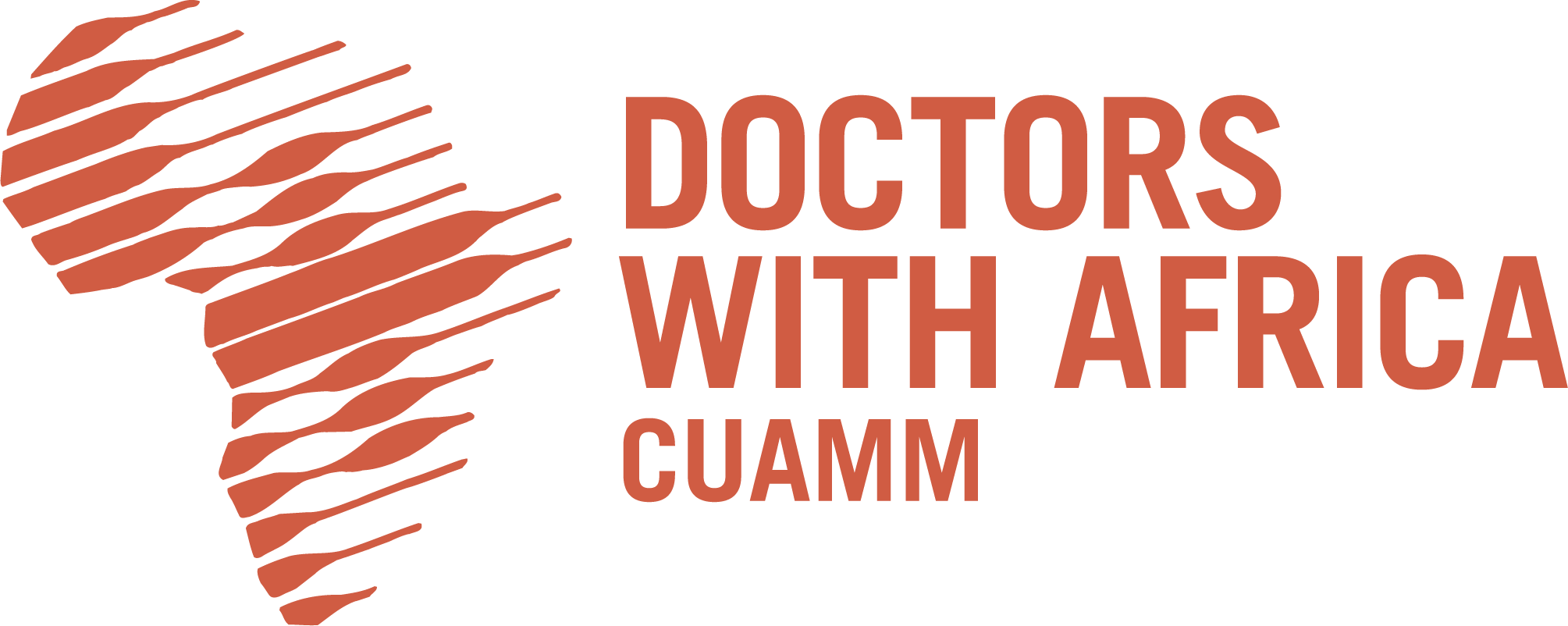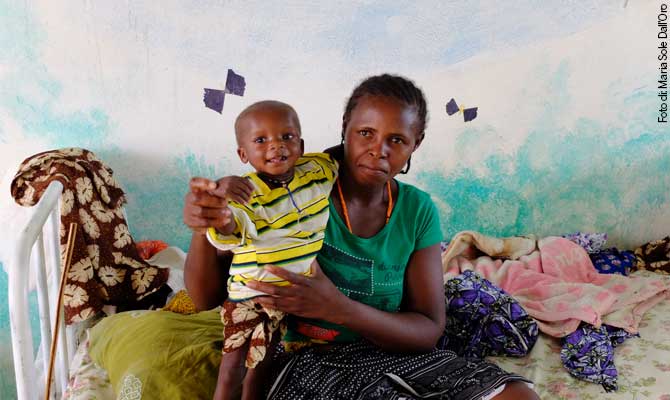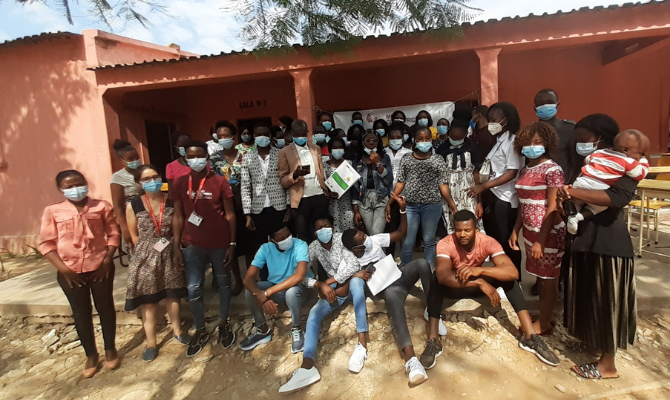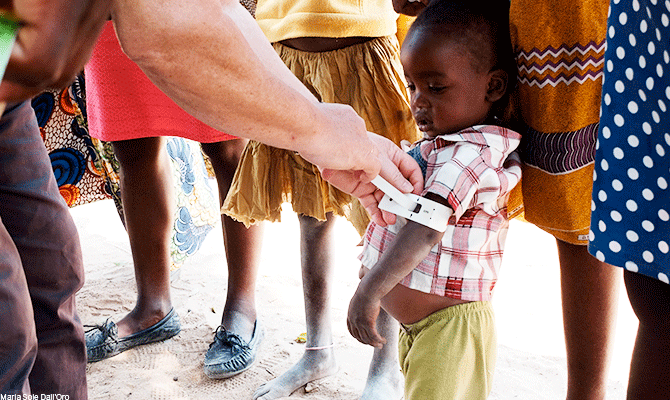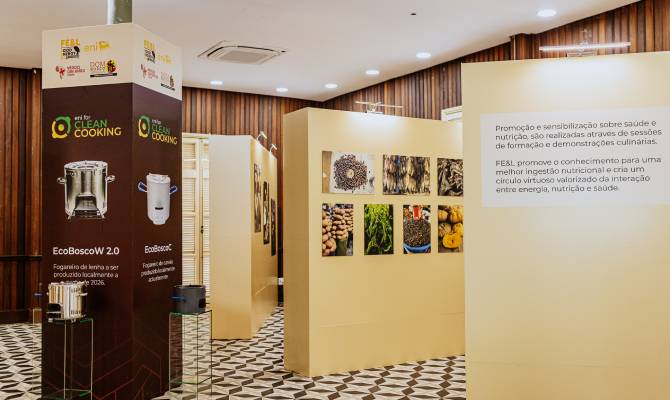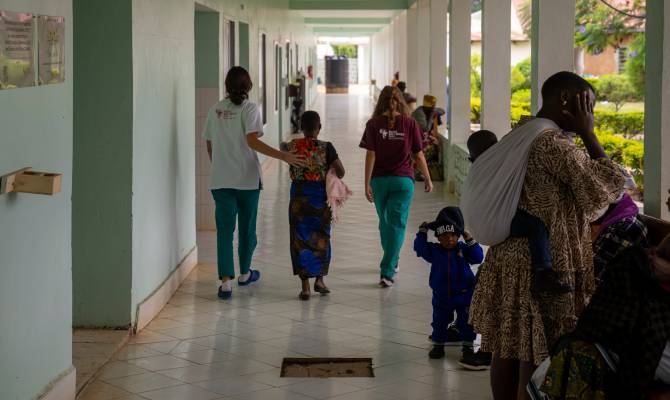Chiulo, Xangongo and Cahama: these are the three hospitals in Cunene Province, on Angola’s southern border with Namibia, in which Doctors with Africa CUAMM will once again take up the fight against child malnutrition. Thanks to the support of UNICEF, for the next three months a CUAMM project manager and pediatrician will work in the nutritional units of each of these facilities to ensure that children suffering from acute malnutrition are admitted to one of them for appropriate treatment.
Halving the proportion of people suffering from hunger between 1990 and 2015, one of the targets of Millennium Development Goal 1, has not been enough. The interplay of several factors – climate change, the continued prevalence of subsistence agriculture, nutritional habits as poor as they are ingrained, unsafe hygienic conditions, and health care facilities that are unprepared to manage the most severe cases of malnutrition – has led to Angola’s having one of the highest rates of malnutrition in the world. And the overall situation for the health of the country’s children is dismal: the under-five mortality rate is currently 161 per 1,000.
In Ombadja and Cahama, municipalities served by the three hospitals involved in the project, 5.5% of the 74,000 children under the age of 5 suffer from severe acute malnutrition (SAM). Ten percent of these children – a total of 357 – are in urgent need of hospitalization for nutritional rehabilitation. These figures point to an emergency situation, but we believe that we will be able to reverse them thanks to UNICEF’s support, which will enable us to:
- re-launch and support the nutritional units of the three hospitals in Chiulo, Xangongo and Cahama;
- support the distribution of therapeutic food;
- train healthcare technicians on the hospitalization and treatment of cases of acute malnutrition, both with and without complications (in fact, acute malnutrition often presents with infections, tuberculosis, HIV and/or malaria);
- carry out supervision at all three levels of the health care system, from community to hospital, in an effort to cut down on the physical and cultural barriers that impede people’s access to services, and to improve the quality of the care provided.
Our goal is to hospitalize 303 young patients – 85% of those in need of such care – and to provide appropriate treatment to the remaining children in one of the local health care centers, thereby keeping the mortality rate under 10%. To do so, we will work with local authorities and communities to ensure that there is true consensus and engagement by all on the project goals and activities.
